Archived Blogs
|
If you read last weeks blog, you have an idea what teachers are thinking about. But what about students? I was watching the news when I heard a story of children in Belgium skipping school to express their concerns about climate change. I wanted to know more. Anuna De Wever is the seventeen instigator of that movement. What started with 3,000 students grew to around 35,000 demonstrators marching with the hope of changing the world. They decided to play truant on Thursdays because this cause was “more important than math lessons”. She wants us to take public transportation, eat less meat, fly less often and wear heavier clothes in the winter. From her government—she wants even more. Money for action, of course. But primarily, she wants the topic of climate change to be at the top of their agenda. And then there’s a Swedish teenager named Greta Thunberg. She’s been an even more influential climate activist. I decided to listen to her TED talk. Greta has the look of a modern day Pippi Longstocking. She has long, slightly sloppy braids that curl out in a haphazard fashion at the tips. Her blue sweatshirt is too long for her petite body and this emphasizes her youth. Greta introduced her talk by saying that she’s been diagnosed with Asperger’s, OCD and selective mutism. “Basically this means I only speak when I feel it’s necessary. Now is one of those moments.” She speaks in a calm, even tone and frowns occasionally as she outlines the problems. Over 200 species are going extinct every day. Our emissions are going up, not down. She’s obviously read the Paris Agreement and she breaks down the goal of Equity in the agreement for the listener. Rich countries, she explained, have to move their emissions to zero so that poor countries can build their infrastructure. After all, she insisted, how can we expect them to worry about the climate when they have concerns about clean water and building hospitals. She makes a lot of sense. The goal of the Paris Agreement is to keep the increase in global average temperature to well below 2 degrees Celsius. According to Wikipedia, 195 members have signed the agreement that was originally drawn in 2015. (Our own president caused an uproar when he stated his intention to withdraw from the agreement in June 2017) But before I go any further…is climate change even real? I still hear arguments that it’s all a myth. What would it take you to believe? Take a look at the NASA.gov website. The graph on this page is compelling but listen to what else they say:
“The current warming trend is of particular significance because most of it is extremely likely (greater than 95 percent probability) to be the result of human activity since the mid-20th century and proceeding at a rate that is unprecedented over decades to millennia." Other sites stated that "There is a 97% consensus amongst published scientist agreeing that humans are responsible." But, regardless of whether or not you believe…it’s obvious Greta does. Greta asks “Are we evil?” After all, we aren’t doing enough to change the problem. “If there was a crisis—we’d see some restrictions but no ones acting like we’re in a crisis” Governments are not implementing changes… therefore it can’t really be a problem. Right? Wrong. A site called Global Weirding points out what we can expect if we do nothing according to a UN report on climate change. The report is over 2,000 pages long and based on 9,200 peer-reviewed studies. That’s strong research. By the way, according to the website, Global Weirding... Describes how the rise in average global temperature leads to all sorts of crazy things — from hotter heat spells to colder cold spells, more drought and intense flooding, as well as slow-onset changes such as ocean acidification and sea level rise. Also includes oddball things such as jellyfish clogging up the pipes of nuclear power plants, forcing them to shut down. By 2100, we’ll face mass extinctions, further increase in wildfires and limited fresh water. Crops yields will go down by 2030 and flooding and droughts will increase in 2040. This is starting to sound eerily like a warning about the Apocalypse. Greta points out that in the year 2078, she will be 75 years old. She looked sternly over the audience and reminded them that her life, her children’s lives…will all be impacted by the decisions we make today. She’s doing something about it. Greta’s been skipping school on Fridays. She’s presented herself to the Swedish parliament to talk about the crisis and possible solutions. Did I mention she was only fifteen? Other students in Europe are taking part too, using the hashtag #FridaysForFuture on social media. According to Wikipedia, in December 2018, Greta addressed the United Nations climate change summit. She didn't pull any punches. "You only speak of a green eternal economic growth because you are too scared of being unpopular. You only talk about moving forward with the same bad ideas that got us into this mess, even when the only sensible thing to do is pull the emergency brake. You are not mature enough to tell it like it is. Even that burden you leave to us children." Greta says that it’s time for action because “our house is on fire”. She says it’s time to panic. Based on everything I’ve read, I believe her.
0 Comments
Just because it’s been quiet for while…doesn’t mean that nothing’s happening. While the issue of gun control has been eclipsed by other political issues (the government shut down and the wall) according to a New York Times article, Trump’s educational secretary , Betsy DeVos, is considering if she can use some federal dollars for ‘improving school conditions’ to buy firearms. And who will be carrying those weapons? Will it be armed security guards? I’m not sure what the government is planning but I know what some teachers are doing. They’re signing up for a course called FASTER Saves Lives. It’s a three day “active-killer’ response course where school staff members learn how to carry a gun and…how to shoot to kill. Jay Willis was curious about how many teachers are already armed and wrote about the experience of attending the course here. During the course he was instructed that the police are not helpful since, typically, they are not at the scene when the event occurs. He was told that you have no choice but to fight. Clearly, this is serious business. The course provides crisis management and even emergency medical treatment for life-threatening injuries. Oh, and they do SWAT styled drills that allow them to "stop school violence rapidly". With the exception of my high school biology teacher, who was also a football coach, I’m having trouble picturing any of my former teachers doing this exercise. I may not be able to imagine sweet Mrs. Strickland pumping bullets into a target but times have changed. Since the school shooting at Parkland, the Buckeye Firearms Foundation, which uses donations to provide scholarships, has been overwhelmed with requests to participate in the course. Willis’ article is quick to remind you that this is not a video-game exercise. He states that when those teachers miss their targets and dust flies up when the rounds hit the nearby hillside, an ex-cop calls out “The dirt represents the CHILDREN. I don’t want to see any DIRT.” Think about that for a moment. Every year, I hear a story about a police officer that pulls the trigger and some innocent person dies as a result. I’m not here to judge. There is no way I could, in a million years, do that job. What I’m saying is that these teachers are so desperate that they’re taking this on…even knowing that trained professionals make mistakes and that they could possibly injure or even kill a child while they’re trying to save other children. The debate on gun control is over for those participants taking the course. They’ve chosen to take matters in their own hands despite the emotional and economic cost to them (a Smith &Wesson 9mm handgun cost one teacher $500 dollars). But what about the teachers here in our community? How do they feel? I asked a teacher that I’ve known for several years now some hard questions. She was okay with me using her name…but I decided that, based on how complicated this topic can be…it might be best if she remains anonymous. Do teachers still worry about school shooters or does the anxiety go down the further we get away from the last shooting episode? Teachers worry about school shootings all the time. I think a lot of it depends on where you teach and the type of students you interact with that informs how much you worry about it. It seems to be the affluent, primarily Caucasian school districts and schools where these shootings happen. I worry. I worry because this is precisely the type of school I teach at. I think that the worry actually grows with each school shooting. It seems like they become more and more frequent and it seems as though there is little to nothing being done about it. Often I think teachers feel like sitting ducks. What would you (and other teachers) like to see done about the threat of school shooters? Wow, that is a complicated question with a multifaceted answer. I think it begins with strong, heavily regulated safety measures for each school. At the educational level, this is really all we can do. We can encourage students to treat others with respect, we can encourage them to take care of each other, and we can model that behavior, but at the end of the day keeping our campus secure is the only practical way to keep out these dangers BY THE SCHOOL. However, the reality is reducing access to guns is going to have the most impact. We can’t legislate good parenting. We can’t legislate morality. We can legislate access to guns. We can also require people to have to attend training and carry a license to own a gun. You have to have a license to drive a car—and it is not an INTENDED deadly weapon. It can kill, but that is not it sole intent. What are some possible solutions you’ve heard about? Increased training for teachers and students to recognize issues. Practical drills on reducing casualties. But, increasing school security and really, reducing access to guns—make it harder for people to buy large magazines for weapons and ban assault rifles. I am a gun owner. I support the right to own a gun, but NO ONE NEEDS AN AR-15! This is a weapon designed to tear through human flesh. Period. It is MUCH easier and more efficient to kill a large number of people with a gun like an AR-15 than a shotgun. The issue of gun control is a hot mess. It doesn’t look like we can expect any resolution for this issue in the near future. Do most teachers have the same opinion on gun control or is the debates just as dramatic in the schools as outside the schools? This is Texas, so the debate is big even amongst teachers. Some feel that we need to carry weapons. I AM WHOLLY opposed to this. At best, police officer are accurate with their shooting, when under duress, about 25% of the time. I do not want a partially trained civilian, in a terrifying, life threatening situation firing a weapon anywhere near me. This is NOT the answer. But, yes. There is as much disagreement amongst us as there is in the country as a whole. Why is the happening in the first place? Well, I need days to write about that. Why is it happening? Because kids are unhealthier and unhappier then they have ever been. They are staring into screens all day watching people hurt each other and playing video games where they shoot people. Their parents don’t talk to them. They are overmedicated, under-parented, and overstimulated. They eat like crap and they never go outside. The access to technology, I truly feel, is a huge part of this. People aren’t connecting with each other. We don’t look at each other in the face. We don’t spend time just BEING in each other’s company. The desire for constant entertainment has turned is into zombies who have been desensitized. Add the increased use of drugs and alcohol and access to high power firearms and you have this horrific epidemic we are in now. I truly do not know the answer. But I do know that if we don’t to something soon, I may start having to wear a flak jacket to work. I want to finish with a thought I had after listening to a sermon last week. There’s been a lot of scorn for the words “thoughts and prayers” when it comes to school shootings--but I was reminded just how powerful prayer really is.
“Thoughts and prayers” can’t be just words…they have to be actions. We have to think through the situation logically and pray that we find a solution before any more children are murdered. Look at these gorgeous frames for my book covers! I just received them from a friend and I’m completely in love with them. Speaking of books… It’s been a while since my last book but trust me…it’s for a good reason. In the Oath Series conclusion, there’s been a lot going on around Tulsa…and it’s not all good. Maddy’s having trouble sleeping, she’s experiencing vivid dreams that make no sense. But she can’t afford to be tired right now, if she makes a mistake…lives could be at stake. Ashton keeps sneaking off somewhere—she’s definitely up to something, but what? Gideon’s frustrated, he’s been researching to find a way to protect a creature he can’t even see…but despite spending countless hours in the bookstore, he’s not making any progress. Mirabella’s not quite recovered from her last adventure and she’s still mourning the loss of a dear friend. TJ? Well, he’s got his own secrets. They can all feel it…something’s in the air. Something potent and dangerous. A cataclysmic event is about to happen and no one’s quite ready... I'm really excited about the conclusion to the series (and already thinking about what comes next!) I've got a little polishing left to do on the manuscript and then it goes out to some early readers. With fingers crossed, it will be out by this spring! Thanks for all the support!! Here's the link to Amazon to see the previous books.... 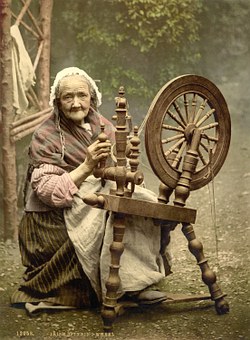 When did shopping become a form of entertainment? And when did it become ok to discard an outfit after wearing it only one day? Well, let me tell you... In the 1800’s, if you wanted clothing...somebody was going to have to grow the cotton and weave the cloth--and that took time! It wasn’t until the Industrial Revolution and the creation of a sewing machine that clothing could be produced with more speed. And while that sounded like a good idea...that’s when sweat shops emerged. Workers were faced with long hours and deplorable conditions. Fortunately, labor laws were created that prevent this from happening in the USA. In the 1990’s, another big change occurred. We became a throw-away culture for the clothing we bought. It all started when the clothing store Zara came to New York in 1990. According to a New York Times article, it was the first place to offer “fast fashion”. Now this is what I used to think fast fashion meant... 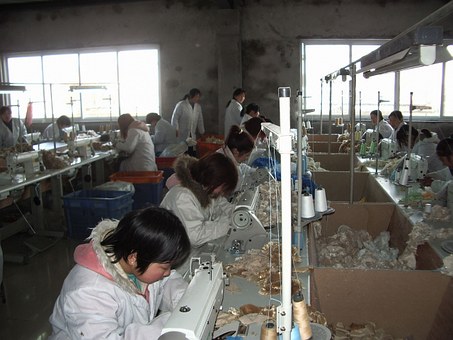 According to the dictionary, fast fashion is actually “inexpensive clothing produced rapidly by mass market retailers in response to the latest fashion trends”. Zara’s mission was to move a fashion from the designer’s brain to a store rack in a mere 15 days. The emphasis was keeping these trends affordable... or as one writer stated, creating the ‘democratization of fashion’. Now, for a relatively inexpensive cost, anyone could wear clothing similar to the top designers. It sounds like a good idea, right? Seriously, the cost of clothing is actually going down with the passage of time instead of up--like everything else! One article said that in 1901, clothing made up 14% of the budget. In 1960, that number dropped to 10.4% and according to the Bureau of Labor Statistics, in 2013 that number dropped to 3.1%. At this rate, pretty soon, our clothing could be free.... One quote I read was "Fast fashion isn't free. Someone, somewhere is paying." Obviously, it’s the workers who are slapping these outfits together in record time. After all, you may think that there’s only 4 seasons but when it comes to shopping...there’s 52 micro-seasons. (I had no idea, did you?) Stores like H&M, Forever 21, Top Shop come out with a new collection every week. They copy a trend and produce it quickly with low quality materials. What’s the harm with that? In 2013, in Bangladesh a clothing manufacturing complex collapsed and killed over a thousand workers—drawing attention to these businesses that are not putting safety into their business model equation. My favorite quote was from Orsola de Castro (Co-founder of Fashion Revolution Day): Demand quality, not just in the products you buy, but in the life of the person who made it. Maybe it's hard to relate to someone on the other side of the world. But you might be paying too... With your health. The Center for Environmental Health expressed concerns about lead contaminated purses, belts and shoes and their possible role in causing infertility. Did we think we could just ignore the toxic dyes and chemicals used in the manufacture of these products and that our bodies...and our environment won’t be impacted? Can we talk abut happens when we dispose of those outfits? Maybe you don’t realize how much we’re throwing away. In 2017, in the United Kingdom, 235 million pieces of clothing went to the landfills. The population is only 66 million. The US contributes 11 million tons to our landfills...approximately 80 pounds per person! Fashion is the 2nd largest polluter of clean water. Polyester is made from fossil fuels. Tiny microfibers shed and leave plastics in our ocean. Pesticides get in our ground water from farms that grow cotton. And we keep making more and more and more. It’s okay as long as you don’t throw it away, right? You just need to donate it! Did you know that less than 50% of donated clothing makes it to another home to be worn? Most of it goes to landfills and incinerators. And don't even think about composting our clothing. Those bleaches, dyes and chemicals leach into our groundwater. Even the third world countries who used to accept our used clothing...are no longer interested. Kenya, Pakistan, Malaysia....all refuse to accept any more of our throw-aways. So if these cheap (but very fashionable) outfits are bad for our health and our world...what can we do?
Ask yourself a question.... Am I buying this to make me happy today or... Is this something I can use for years? buy less, choose well, make it last--British designer Vivienne Woodward. Whose idea was it to make New Year's resolutions? One third of people admit they’ve set an unrealistic goal, one third don’t keep track of what they wanted to accomplish and 20% simply eventually forget about the whole thing. It sounds like a good idea… The most common goals are: losing weight, exercising more, quitting cigarettes, get out of debt, getting a better job, learning a foreign language, spending more time with family/friend and less time on social media. All worthy goals. One writer said that his mom’s goal was the same each year…she resolved to wake up each morning, say a prayer, take a deep breath, and face the day ready to do the best she could do with whatever happened. I liked that. But who started it?
According to Wikipedia, the Babylonians were the first to make promises to their gods at the start of each year around 4,000 years ago. The Romans continued the tradition. That is, after Julius Caesar actually established January 1st as the first day of the new year. January is named after the god Janus, a two-faced god whose spirit looked to both the present and the past. Interestingly, he was often associated with both peace…and war. Definitely, two-faced. Early Christians took the first day of the year to think about their past mistakes and resolve to do better. But my favorite story related to New Years resolution custom is the Peacock Vow. In medieval times, peacocks were regarded as noble and their appearance harkened to the majesty of a king with his full court. A diet of peacock meat was considered favorable for both heartsick lovers and valiant knights. My guess is that you either had to be desperate or out to prove something because one source said “the peacock was used in medieval feasts for its symbolic reputation and beauty and was not served as a delectable treat; the meat itself was considered tough and stringy” and “geese are appropriate substitutes due to their size, with meat far more pleasing.” On the appointed day, the roasted bird would have its plumage restored and it would be placed on a large tray of gold or silver. With great pomp, it would be carried into a banquet hall and presented to each knight in attendance. The medieval knight would place their hands on the peacock and recommit themselves to the ideals of chivalry. The meat would then be divided up to account for all that was present. What is chivalry anyway? According to the dictionary, chivalry is the qualities you would expect in an ideal knight. Traits such as courage, honor, justice and a readiness to help the weak. That’s IT. I’ve got my New Year's Resolutions for 2019. Number one: Take a Peacock Vow. Number two: Eat less meat. (starting with peacock) I’m not the only one that thinks chivalry is a timeless concept. Take a look at the website for Chivalry today. Their motto: Don’t just talk chivalry. Live it. |
Archives
October 2020
Categories |
COPYRIGHT 2017 SUSAN BADARACCO | Site Credits

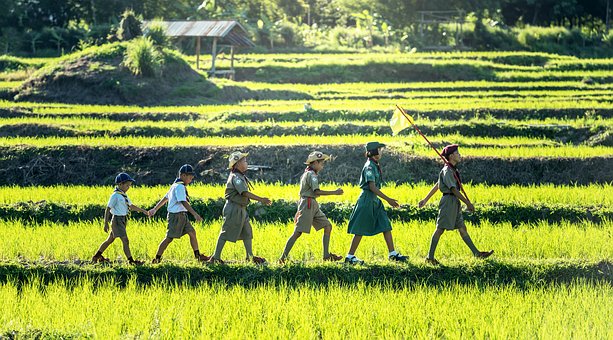
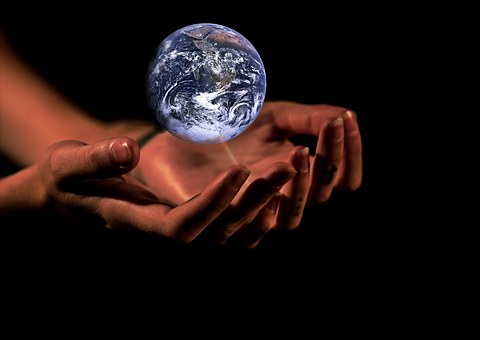
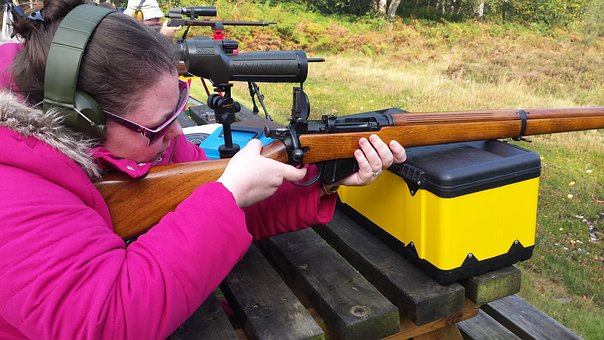
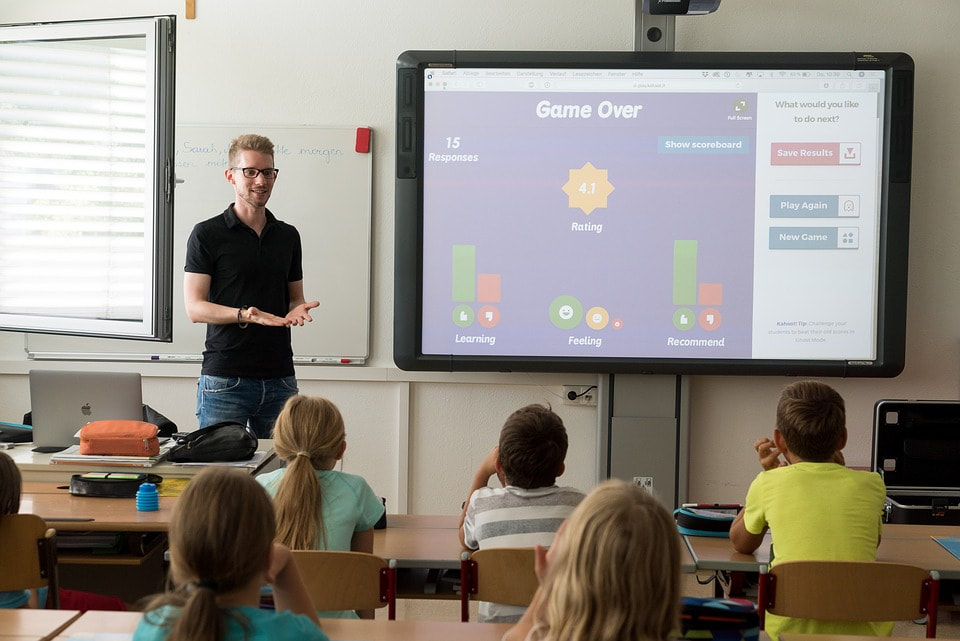
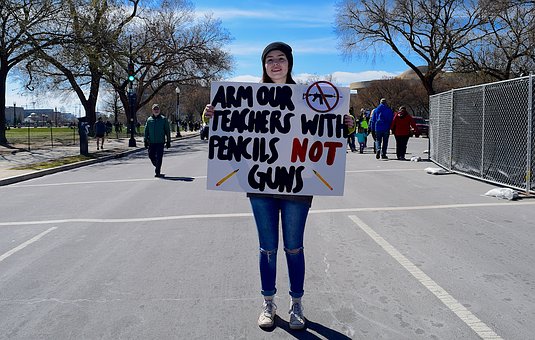
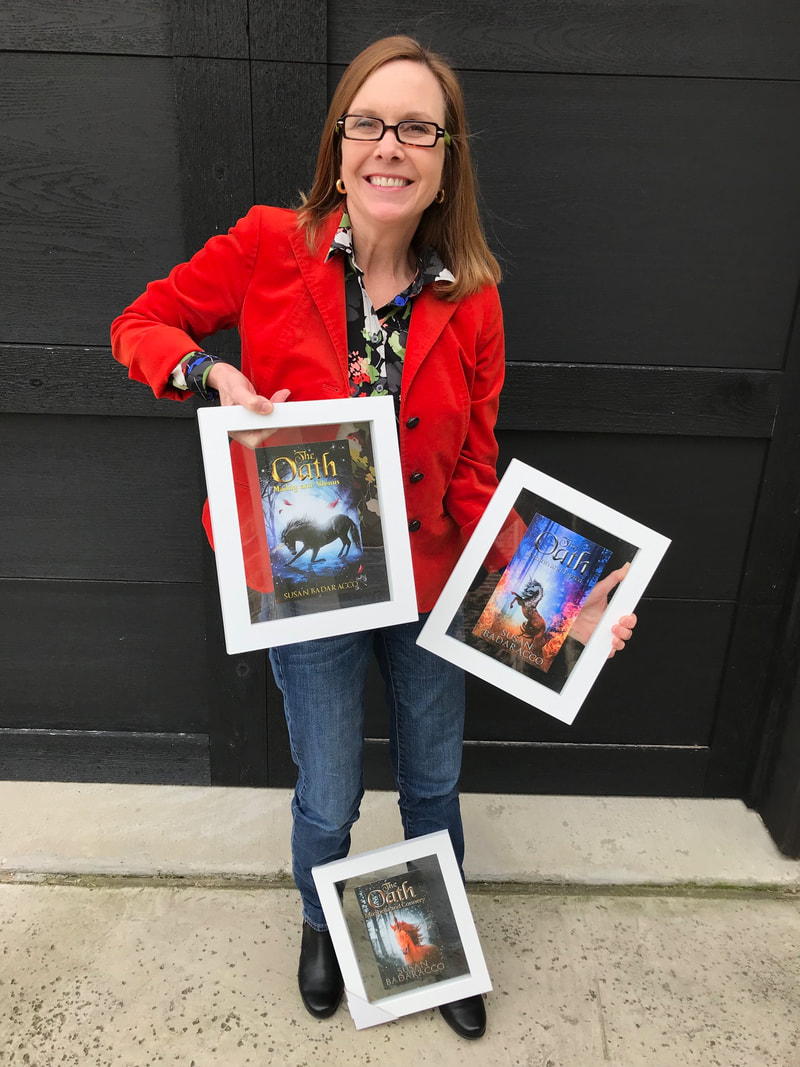
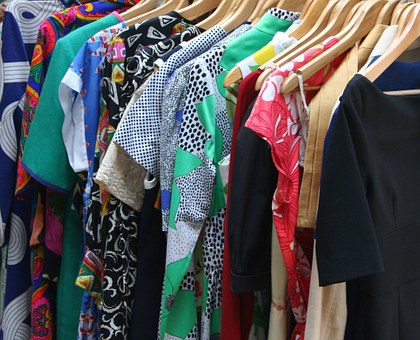
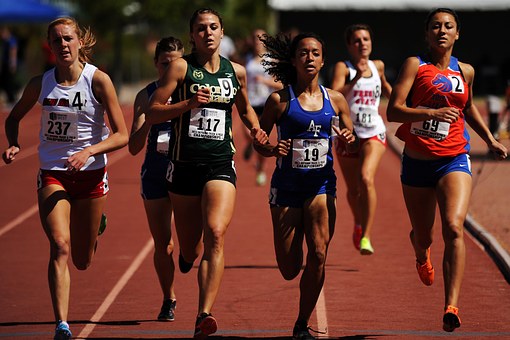
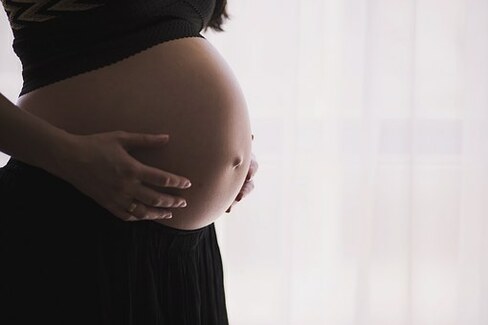
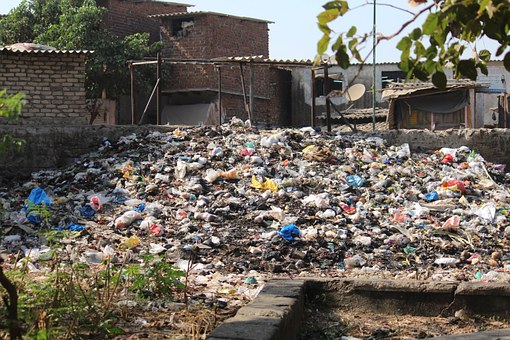


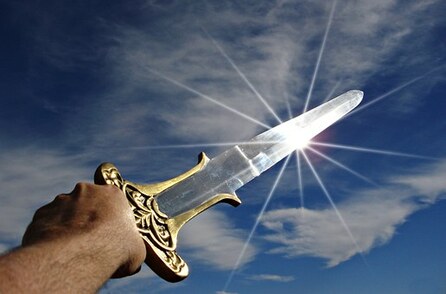
 RSS Feed
RSS Feed